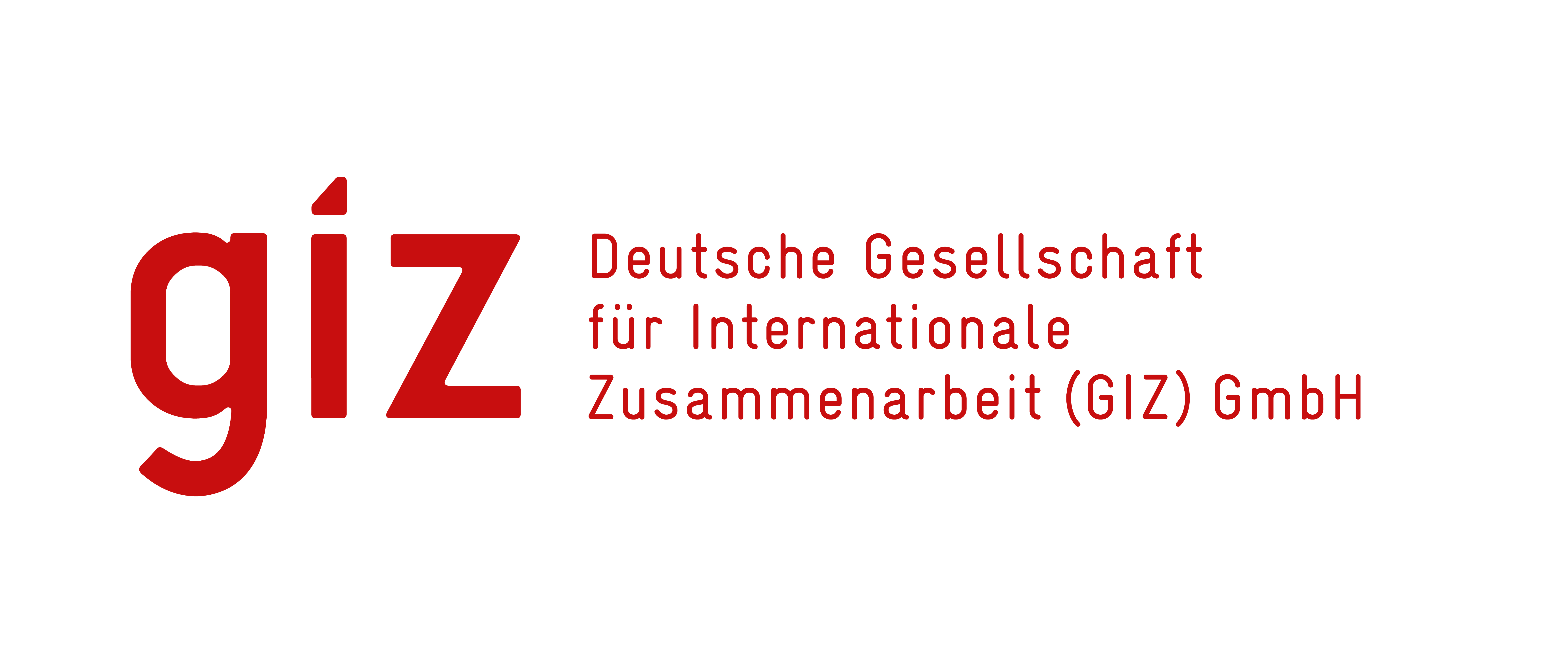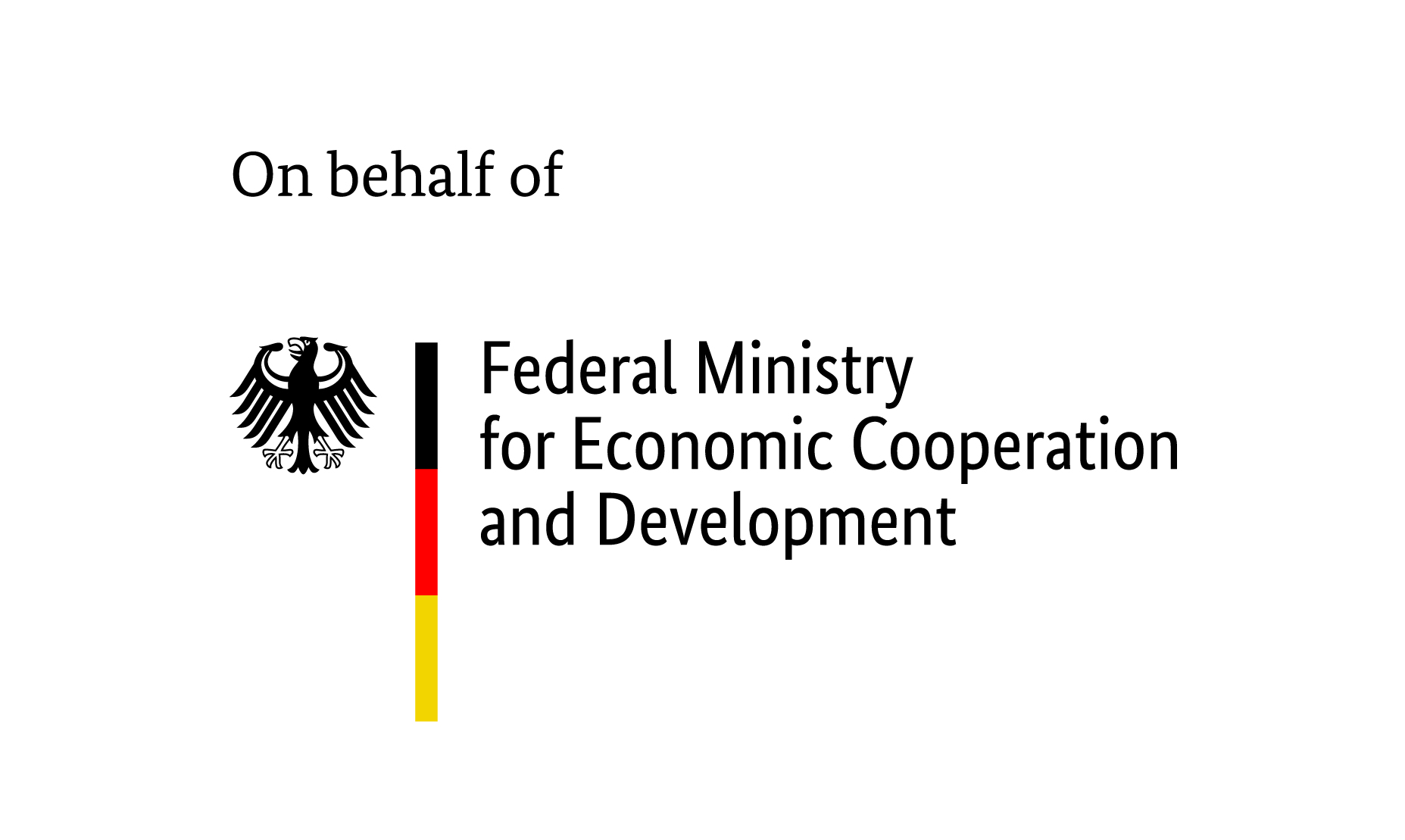
Incorporating a measure of resilience in anti-poverty programmes can help predict poverty dynamics and sustainability
Read “Do Asset Transfers Build Household Resilience?” by Lokendra Phadera, Hope Michelson, Alex Winter-Nelson and Peter Goldsmith here.
Anti-poverty programmes have increasingly started to account for household resilience as a developmental objective. In this VoxDevTalk, Lokendra Phadera and Hope Michelson draw on evidence from an intervention in the Copperbelt region of Zambia to explore whether anti-poverty programmes focusing on the transfer of assets can help to increase an individual’s or household’s ability to withstand future shocks and stressors without falling below the poverty line. The programme provided a productive asset, usually pregnant dairy cattle, to households as well as provisions for agricultural and veterinary extension services and livelihood training. Participants were required to build improved housing for the cattle and also contribute to a livestock insurance fund.
After one year, treated households were 22% less likely to be poor than a control group, and this gap widened to over 30% after three years. Importantly, the programme both increased the mean and decreased the variance in household assets, thus decreasing the risk that households are facing with their capital stock and significantly improving their future resilience. The authors suggest that incorporating resilience estimates could prevent future backsliding into poverty, and provide a better picture of the costs and benefits associated with a particular anti-poverty intervention.






